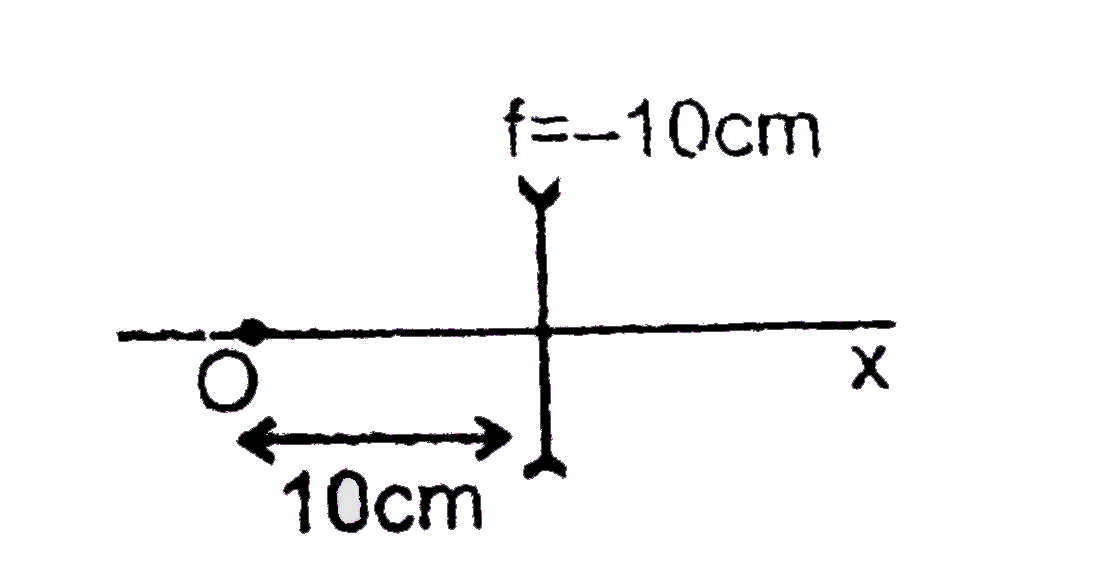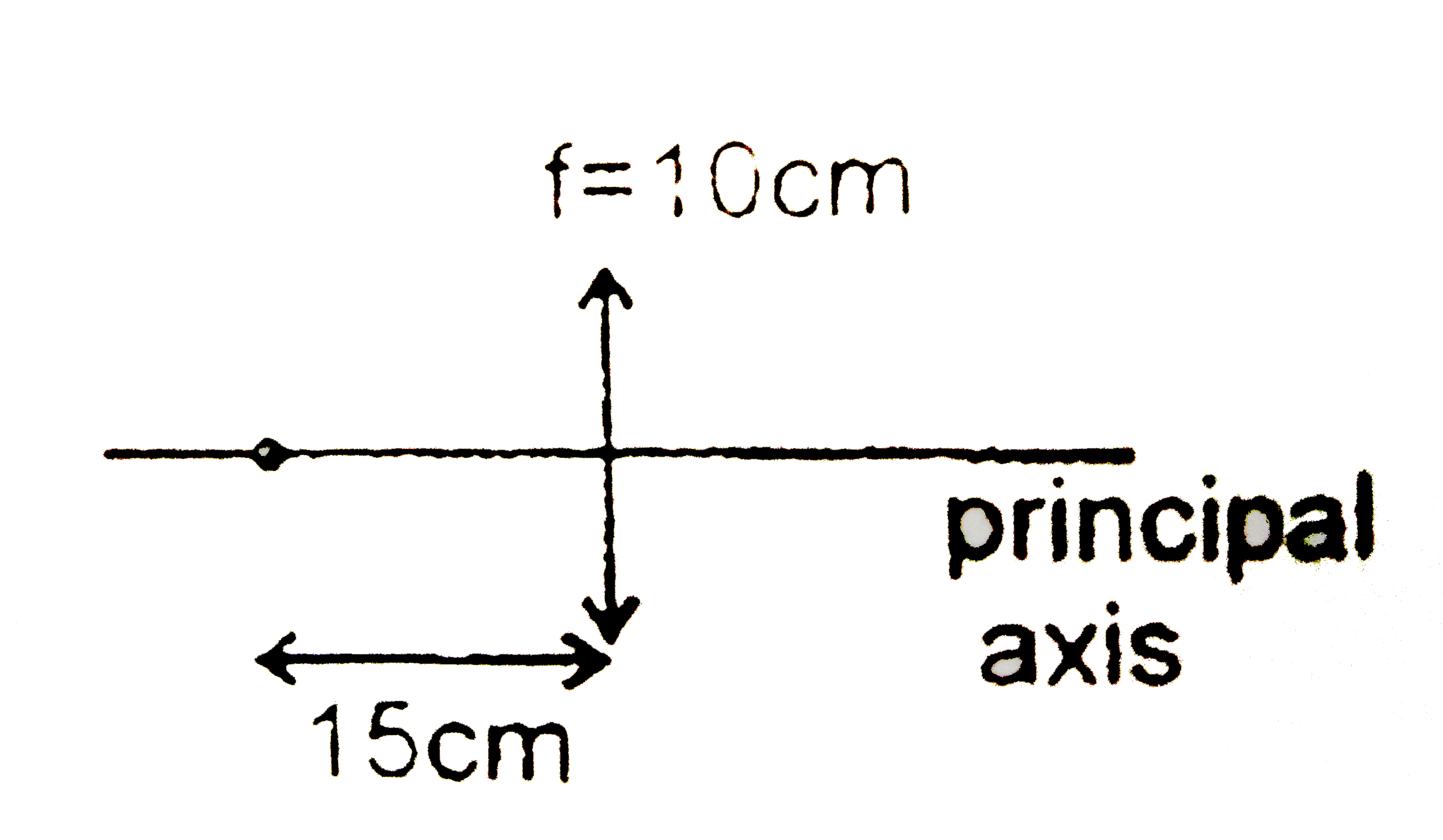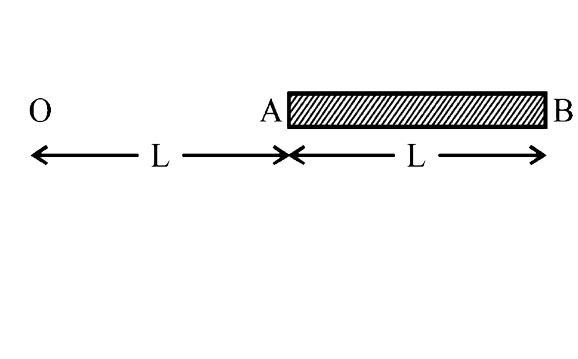Are rods and cones evenly distributed over the entire surface of the retina ? Why or why not ? At which point on the retina is a point to point image formed ?
Step-by-Step Solution
1. Understanding the Retina: The retina is the light-sensitive layer at the back of the eye, which contains photoreceptor cells known as rods and cones.
2. Distribution of Rods and Cones: Rods and cones are not evenly distributed across the retina. Rods are primarily located in the peripheral regions, while cones are concentrated in the central area.
3. Rods:
- Rod cells are more numerous, with approximately 91 million present in the human retina.
- They are densely packed in the outer edges of the retina, which makes them crucial for peripheral vision and night vision.
4. Cones:
- Cone cells are less numerous, with about 4.5 million present.
- They are primarily located in the fovea centralis, which is the central part of the retina, and are essential for day vision and color perception.
5. Fovea Centralis:
- The fovea centralis is a small pit in the retina where the density of cone cells is highest.
- This area is responsible for sharp central vision and is where a point-to-point image is formed, allowing for detailed and accurate vision.
6. Conclusion: The uneven distribution of rods and cones is due to their different functions: rods for peripheral and night vision, and cones for central and color vision. The fovea centralis is the specific point on the retina where the clearest image is formed.
- Rod cells are more numerous, with approximately 91 million present in the human retina.
- They are densely packed in the outer edges of the retina, which makes them crucial for peripheral vision and night vision.
- Cone cells are less numerous, with about 4.5 million present.
- They are primarily located in the fovea centralis, which is the central part of the retina, and are essential for day vision and color perception.
- The fovea centralis is a small pit in the retina where the density of cone cells is highest.
- This area is responsible for sharp central vision and is where a point-to-point image is formed, allowing for detailed and accurate vision.
Topper's Solved these Questions
- NEURAL CONTROL AND COORDINATIONBook:ICSEChapter:NEURAL CONTROL AND COORDINATIONExercise:(Review question) short answer
Explore 26 Videos
- NEURAL CONTROL AND CO-ORDINATION Book:ICSEChapter:NEURAL CONTROL AND CO-ORDINATION Exercise:NCERT EXERCISES WITH ANSWER (DIFFERENTIATE BETWEEN)
Explore 11 Videos
- PHOTOMORPHOGENESIS IN PLANTSBook:ICSEChapter:PHOTOMORPHOGENESIS IN PLANTSExercise:REVIEW QUESTIONS (LONG ANSWER TYPE QUESTIONS)
Explore 6 Videos
Similar Questions
An area of the retina which does not have rods of cones is
View SolutionFigure shows a point object and a diverging lens

Find the final image formed.
View SolutionWhich out of isomeric amines has highest boiling point and why?
View SolutionWrite four points on why it is important to understand sound.
View SolutionA uniform rod of mass M and length L carrying a charge q uniformly distributed over its length is rotated with constant velocity w about its mid point perpendicular to the rod. Its magnetic moment is
View SolutionFigure shows a point object and a converging lens. Find the final image formed.

View SolutionWhy n−Pentane has higher boiling point than isopentane ?
View SolutionA charge Q is uniformly distributed over a long rod AB of length L as shown in the figure. The electric potential at the point O lying at distance L from the end A is

View SolutionAs an object is moved from the surface of a thin converging lens to a focal point, over what range does the image distance very?
View SolutionWhy does the temperature of a substance remain constant during its melting point or boiling point ?
View Solution
